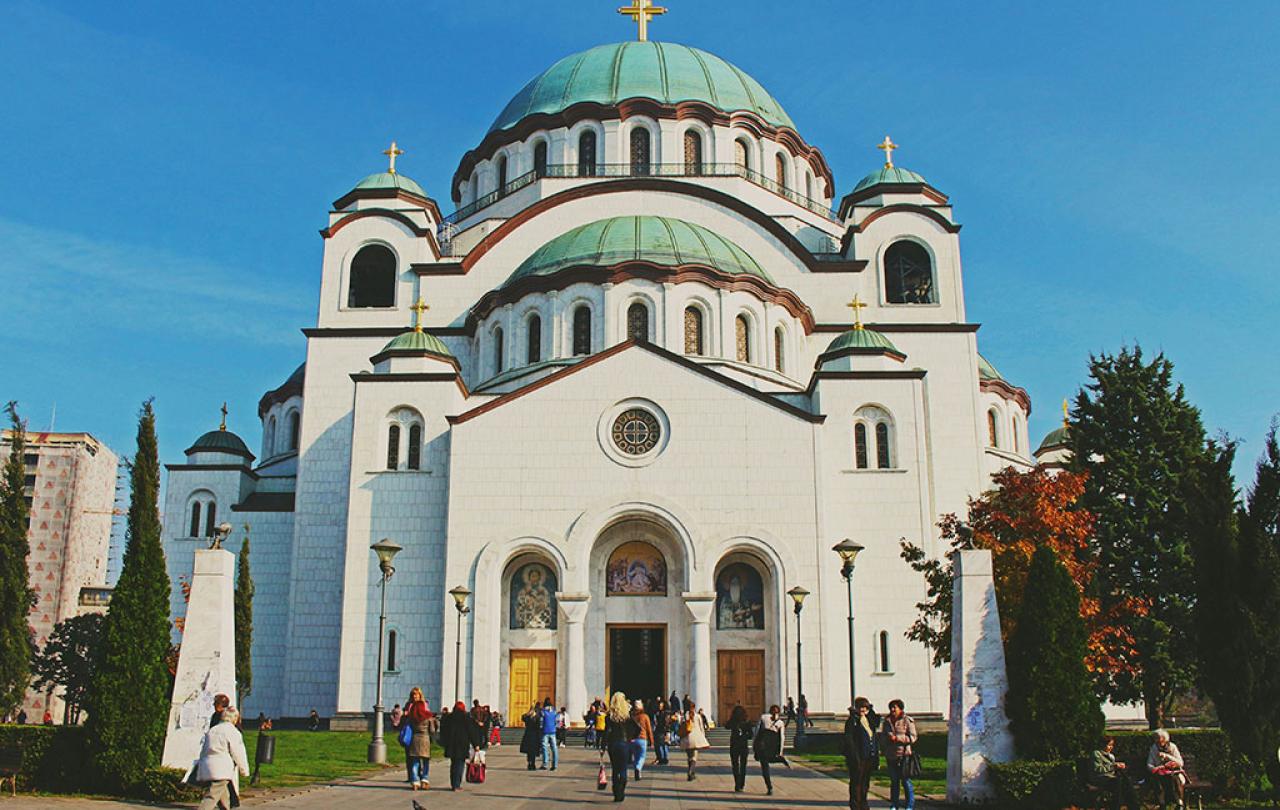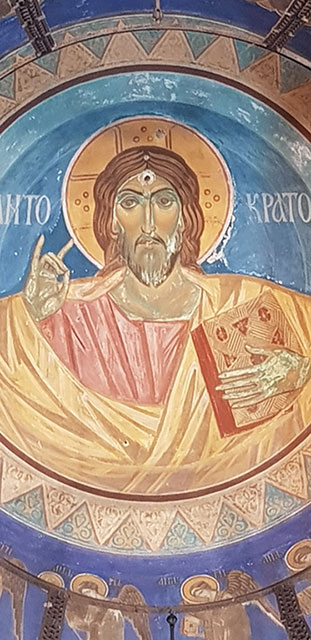The evil shooting stars of ballistic weaponry over Jerusalem would have been clearly visible from Bethlehem, just to the south of the capital in the occupied West Bank, last Monday evening.
“Above thy deep and dreamless sleep/ the silent stars go by” goes the children’s Christmas carol. Nothing deep and dreamless about sleep in the little town of Bethlehem just now. Those deadly Iranian-dispatched stars were silent enough, until their alignment with Israeli ones in the Iron Dome. Then “Whump!” as each star collapsed, leaving a black hole in the night sky.
How depressing that these shining stars of violence and hatred should hang in the same sky that, it is said, hosted the star to mark the birthplace of the Prince of Peace. Depressing but not surprising. The Christ child grew up to foretell to Jerusalem that “the days will come upon you, when your enemies will set up a barricade around you and surround you and hem you in on every side and tear you down to the ground, you and your children within you.”
He predicted his own death in Jerusalem. And, for sure, the Christ is still being crucified there, every time a man, woman or child loses their life to that violence and hatred, there or in the surrounding region.
Where are wiser counsels this week, witnesses to peace in the Holy Lands? The legend has it that magi followed the messianic star to the stable. Who looks to these different stars in the night sky this week and asks what they mean?
Iran’s hardliners, under Ayatollah Ali Khamenei, can’t countenance a dove with an olive twig.
It’s a bit of a stretch to apply the status of magus to Masoud Pezeshkian, Iran’s new reformist president who had just been sworn in when he watched the rockets launched. His only similarity with the magi may be that he watched those travelling stars in the sky from an eastern perspective.
But Pezeshkian has, at least, tried to talk of the possibility of peace, among a Middle-Eastern cast who can only speak of war. He arrived back in Iran from the UN general assembly, where he had declared that Iran is “ready to lay down its arms if Israel lays down its arms.” He added: “We want to live in peace.”
Even if it’s not the wolf living with the lamb, or the leopard lying down with the kid, it does at least envisage a time when an Israeli wolf may lie down with the Iranian leopard. But Iran’s hardliners, under Ayatollah Ali Khamenei, can’t countenance a dove with an olive twig. They’re consumed with vengeance for Israel’s killing of their putative military leader, Hezbollah’s Hassan Nasrallah, in Lebanon. And death must always be followed by more death in this scenario.
Followers of the Nazarene into Jerusalem committed to something very different, a defeat of death as a weapon of despair. Two millennia later, we might expect leaders of a western world founded on the principles of those first followers to speak to peace as the overriding priority for the lands from which their religion derives.
To draw the West into a war with Iran in defence of Israel. A re-elected president Donald Trump would be a useful dupe for this ploy...
Not a bit of it. Peace in the Holy Lands doesn’t even sound like a strategic aim for the West anymore. On the invasion of Iraq in 2003, the US Army general David Petraeus asked: “Tell me how this ends?” No such foresight today. The all-consuming desire seems solely to show that we’re on Israel’s side, come what may.
President Joe Biden responded to Iran’s aerial attack by saying that the US is “fully, fully, fully supportive of Israel”. For his part, prime minister Keir Starmer declared that “Britain stands full square” with Israel and supports its “reasonable demand for the security of its people.” Admirable sentiments, but they don’t point to peace any time soon, so long as they encourage Israel (or anyone else) to escalate conflict.
In some quarters, this is held to be deliberate Israeli policy: To draw the West into a war with Iran in defence of Israel. A re-elected president Donald Trump would be a useful dupe for this ploy, abetted in part by the more extreme ends of the US Christian Right, for whom Israel must be protected at all costs as the locus for the second coming of the Christ. So, war with Iran is Armageddon, the great conflict of the End Times.
These are truly terrifying prospects. For the time being, it’s possibly enough to note that the president of Iran speaks more about peace than the West currently does. Given that the West is supposed to represent the legacy virtues of Christendom, that is in turn alarming.
That Bethlehem carol goes on to note “How silently, how silently, the wondrous gift is given.” As we raise our eyes to the fearsome lights in the night sky over Israel, we might wonder whether, when it comes to peace, silence from Christian nations is really enough.






